The aesthetic economy
Transition from fordist-organised modernity to post-industrial aesthetic cultural economy
Cultural sociological insights and concepts according to Andreas Reckwitz
I. Introduction
In the course of the 20th century, at the end of the 1970s and the beginning of the 1980s to be precise, the industrialised, service-oriented economy of so-called organised modernity began to change fundamentally in the western industrialised nations. Since then, attempts have been made to describe and give a title to this change. Terms that emphasised knowledge and the increasingly dominant information technologies spoke of a Knowledge and information economywhat had grown up post-Fordistically. Since the 1990s, there has also been talk of a digital economy. In the tradition of Charles Taylor and others, Reckwitz emphasises the cultural aspect of economic activity. He speaks of a Aestheticisation and culturalisation of the economy – and thus by no means only of an extension of the economic approach to social thought and action, but initially of an extension of the culturalisation aspects. Economic activity was culturalised, aestheticised and later tended towards the singularisation tendency that we had previously pointed out in our institute designs.
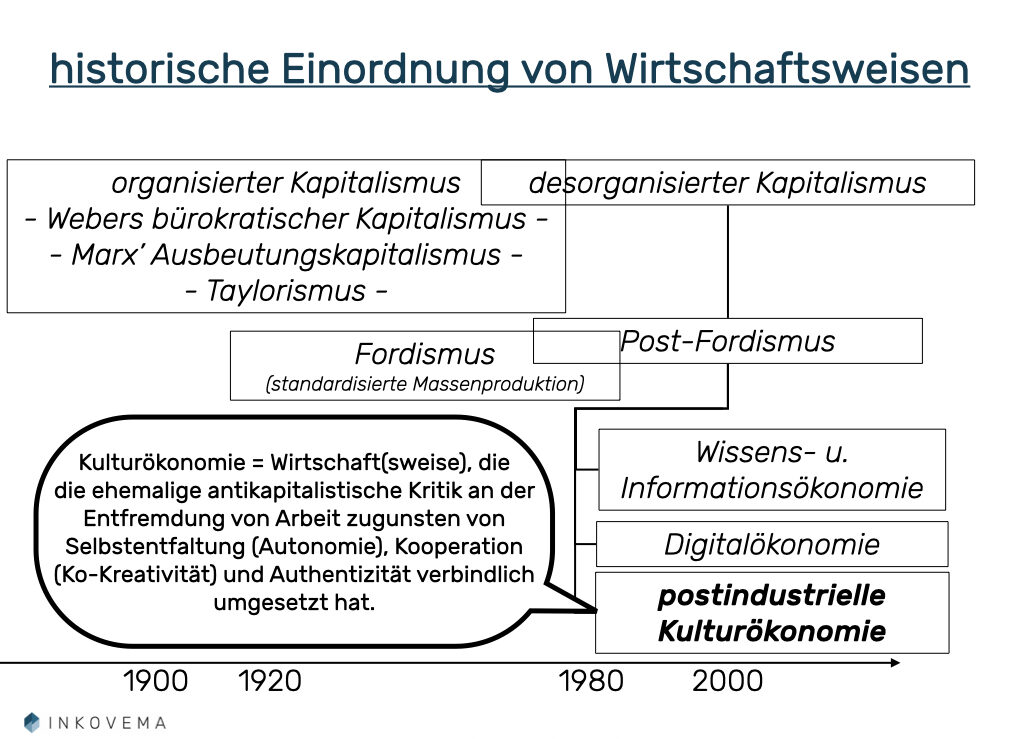
II Four characteristics of the aesthetic economy that distinguish it from Fordism
- In the aesthetic economy, innovations are by no means only demanded by the research and development departments in the organisations and thus assigned to the product, but by all departments in the organisations: Innovation becomes the core characteristic of the producer and the entire Organisational practice, instead of just the product! Organisations must first constantly reinvent themselves in the aesthetic cultural economy, as it is well known that "success is the first step towards failure" (Steve Jobs)– and the "skills that got the organisation here yesterday will not be the skills that will take the organisation forward tomorrow" (Elon Musk).
- The Working practice is becoming increasingly emotionally charged, must be fun and enjoyable, must make sense or at least be meaningful. The product and the production are aestheticised and should be sensual and emotional. (aesthetic innovations)
- Accordingly, the Motivational practice and reactivates romanticised images of work and occupational models: work must be satisfying, and it is only satisfying if it is creative work. In the culturalised economy, employees can claim to be assigned creative work and everything repetitive, technical and repetitive is rejected as inhuman. This is not only post-romantic, but also fuelled by technological fascination. Creative work is not only an end in itself, but should also bring about self-transformation.
- Consumers are recognised as aesthetically orientated subjects who want more than mere utility or status consumption. They want to have sensual and affective experiences with the product, to have a bonding, romantic relationship with the producer that goes far beyond the utilitarian relationship. He becomes the subscriber and thus the friend of the company (company/family). creative subjects addressedConsumers want Lifestyleinstead of just a standard of living, which was still the main driver of the middle class society that achieved prosperity in the Fordist era.
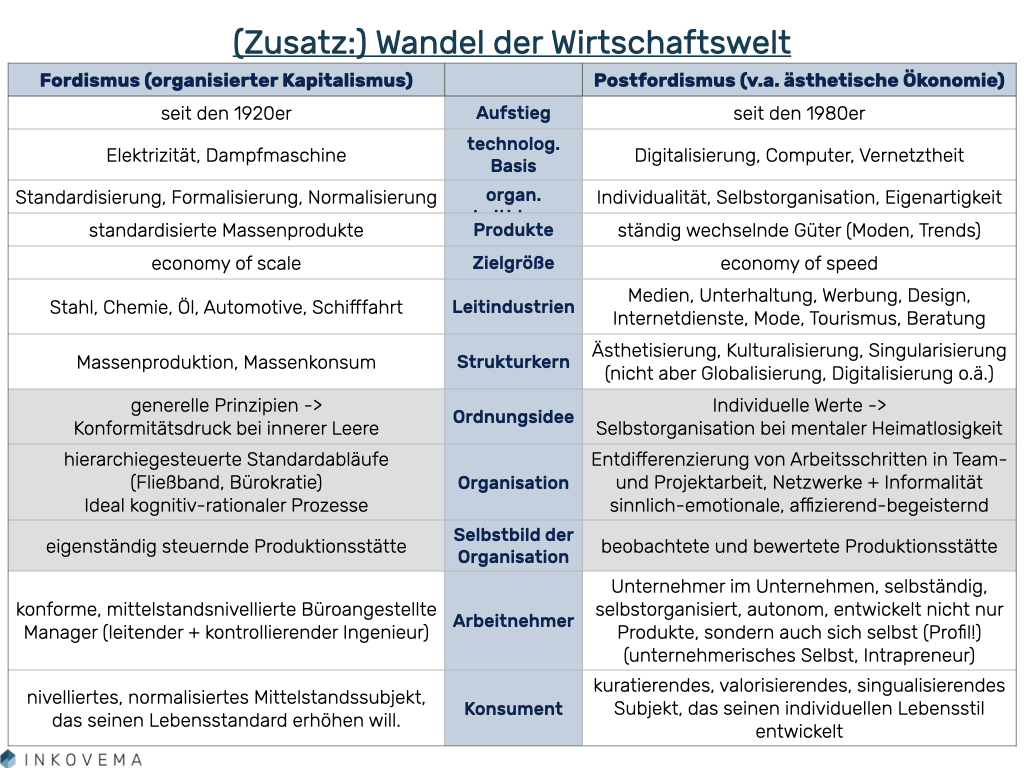


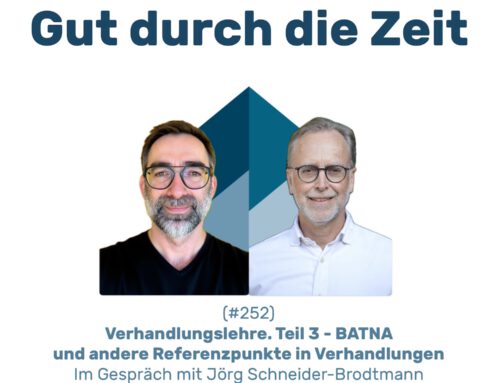
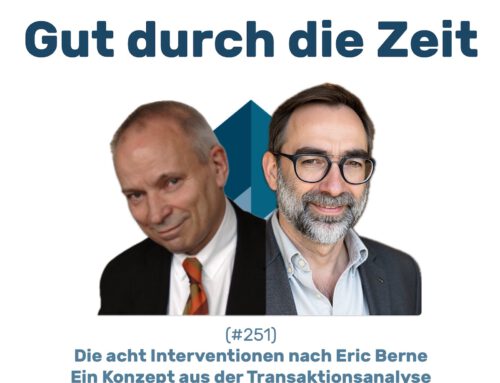
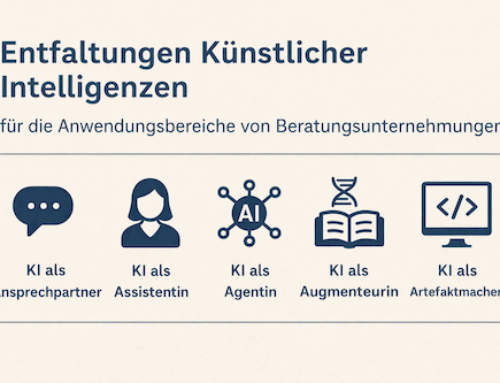
Leave A Comment